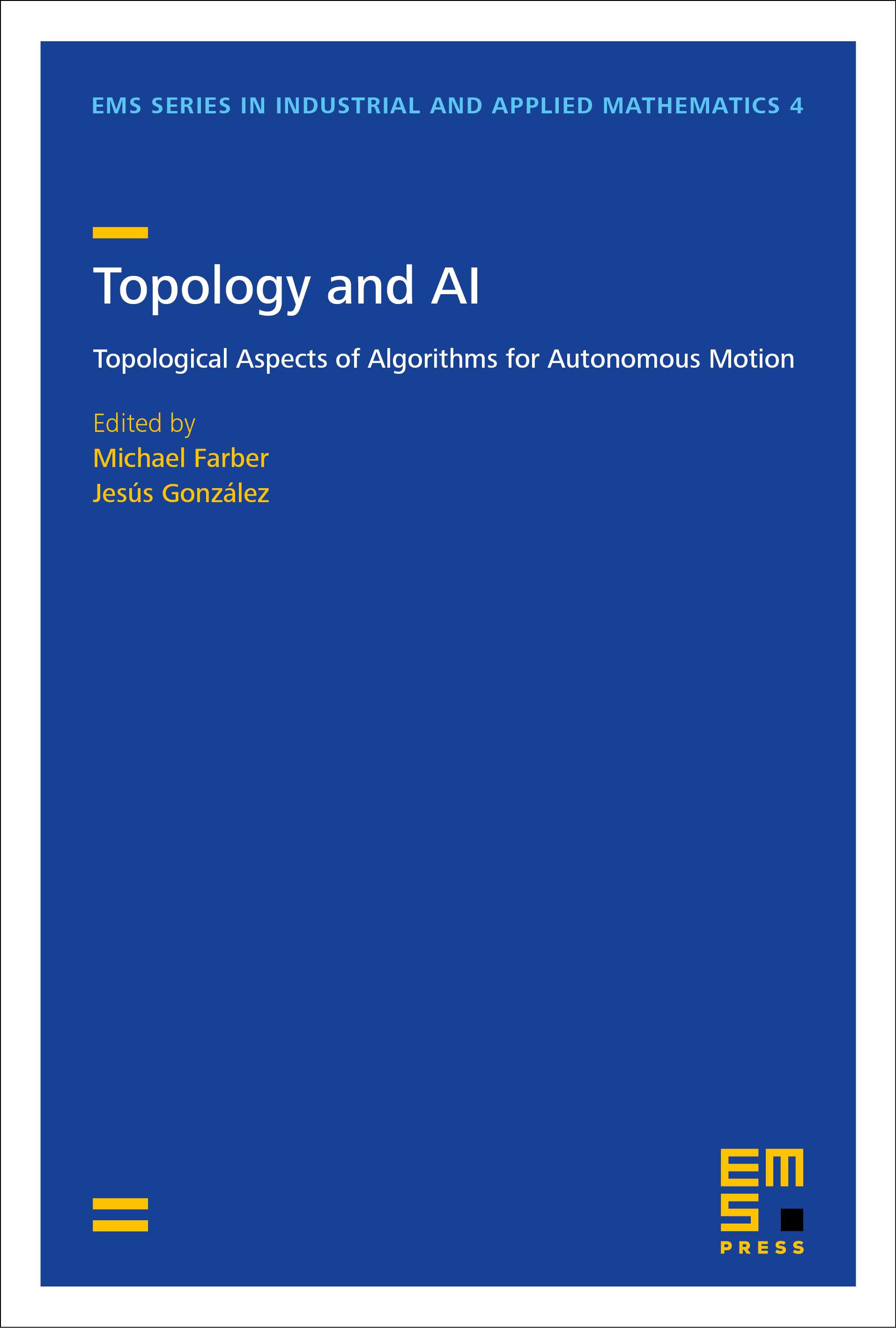Equivalent environments and covering spaces for robots
Vadim K. Weinstein
University of Oulu, FinlandSteven M. LaValle
University of Oulu, Finland

A subscription is required to access this book chapter.
Abstract
This paper formally defines a robot system, including its sensing and actuation components and its surrounding environment, as a general, topological dynamical system. The focus is on determining general conditions under which various environments in which the robot can be placed are indistinguishable, from the viewpoint and experience of the robot. An environment is defined as a tuple that includes a Polish state space with which ‘interaction’ occurs through a sensorimotor structure that is defined in terms of a Borel sensor mapping and a topological space of control signals that acts on the state space. A key result is that, under very general conditions, covering maps witness such indistinguishability. We show that if the space of control signals is path-connected and locally path-connected, then any sensorimotor structure can be lifted from a space to its covering space, and we also show that the space of measurable control signals satisfies these conditions. This formalizes the intuition behind the well studied loop closure problem in robotics. An important special case is where the sensor mapping reports an invariant of the local topological (metric) structure of an environment because such structure is preserved by (metric) covering maps. Whereas coverings provide a sufficient condition for the equivalence of environments; we also give a necessary condition using bisimulation. The overall framework is applied to unify previously identified phenomena in robotics and related fields, in which moving agents with sensors must make inferences about their environments based on limited data. Many open problems are identified.